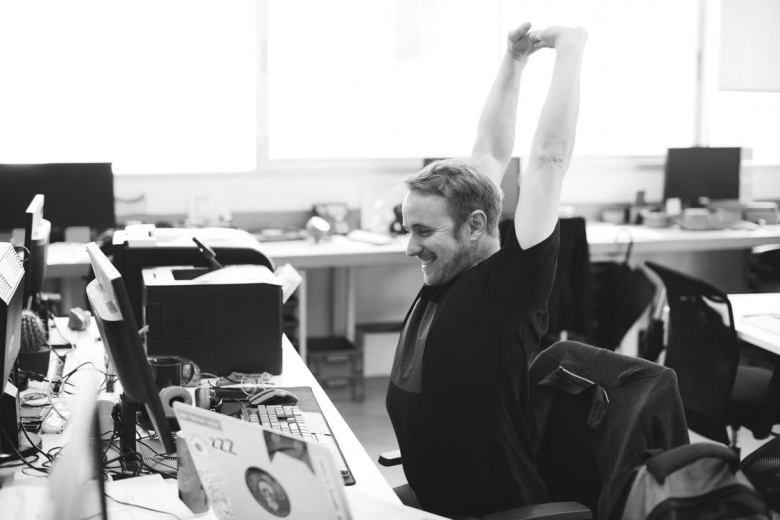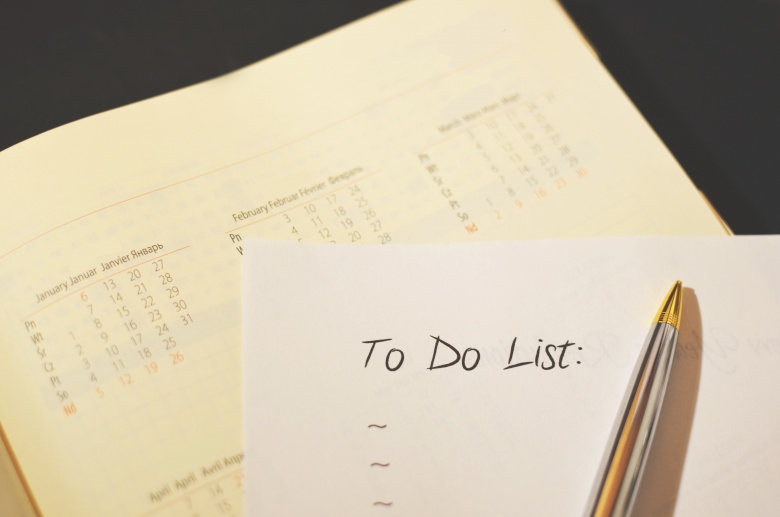It has been said that being grateful can make you happier. According to an article published by Harvard Medical School, giving thanks, or being grateful, does, in fact, make you happier. The article claims the reason for this is being grateful helps a person connect to something greater than themselves, which, in turn, provides a sense of comfort that goodness can be found out in the world. Being grateful is often associated with being happier, but can being grateful make you healthier?
Consider this – people who are healthier, often get more sleep and being grateful can help you sleep longer. While you sleep, your blood pressure goes down, which helps to give your heart a rest after a long day. Having high blood pressure can lead to an increased risk of heart attack or stroke, so reducing your blood pressure daily has concrete health benefits. A recent study found that people who kept a gratitude journal slept for an average of a half an hour more each night and woke up feeling more refreshed than the group who didn’t keep a gratitude journal. Thirty minutes doesn’t sound like a lot, but 30 minutes a night for a month would result in an extra 15 hours of sleep a month!
Being grateful can also lead to fewer aches and pains. Grateful people also are more likely to exercise, which improves your life expectancy according to Psychology Today. The Mayo Clinic claims that having a daily practice of gratitude can boost your immune system, which is much needed during the winter cold and flu season.
How can you adopt an attitude of gratitude and become healthier at the same time? Here’s some simple ways to start:
- Start a gratitude journal and write down your thoughts daily.
- Put items you are thankful for in a jar.
- Write a thank you note to someone.
- Meditate on gratitude.
- Check out these other options.









